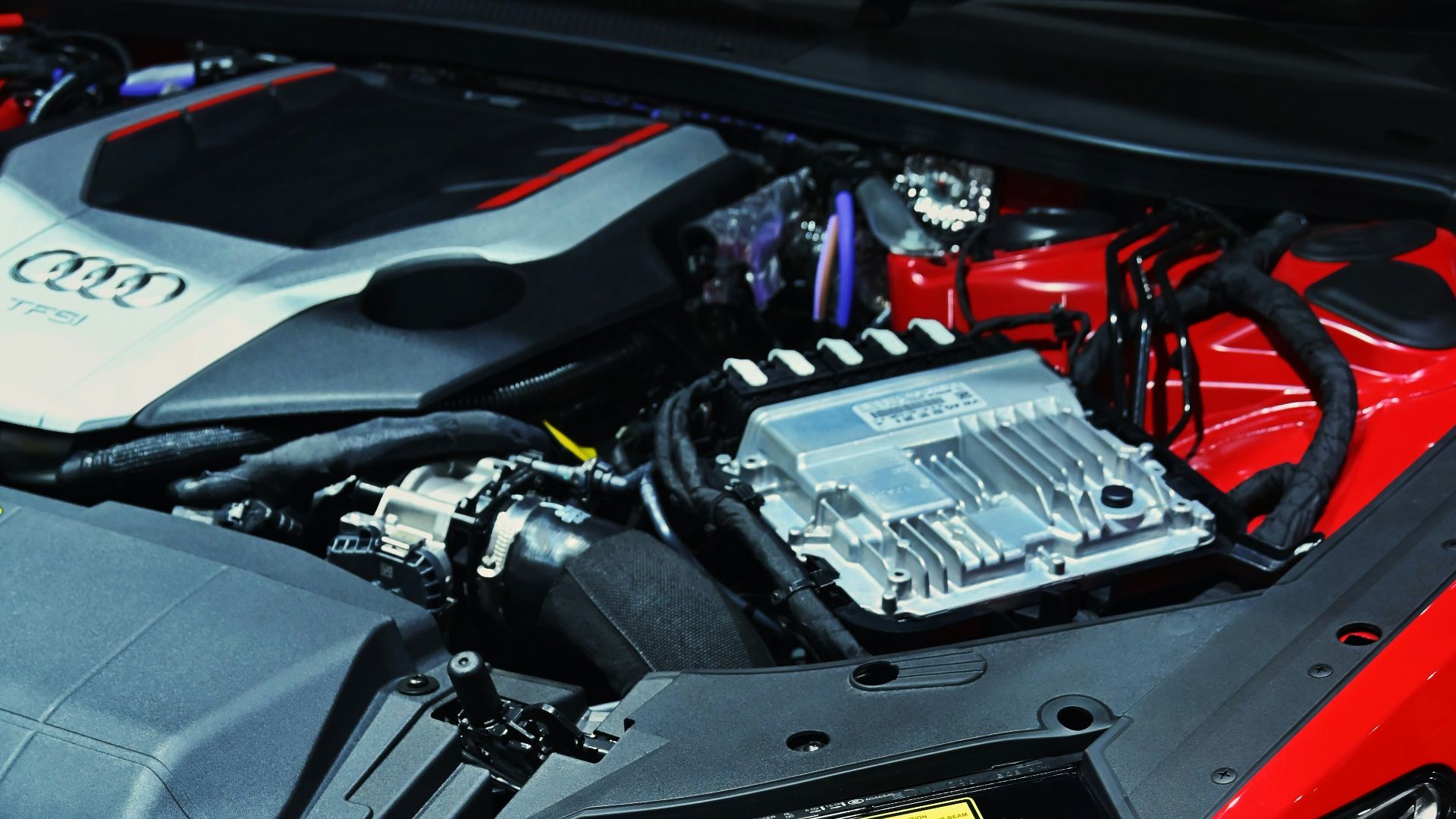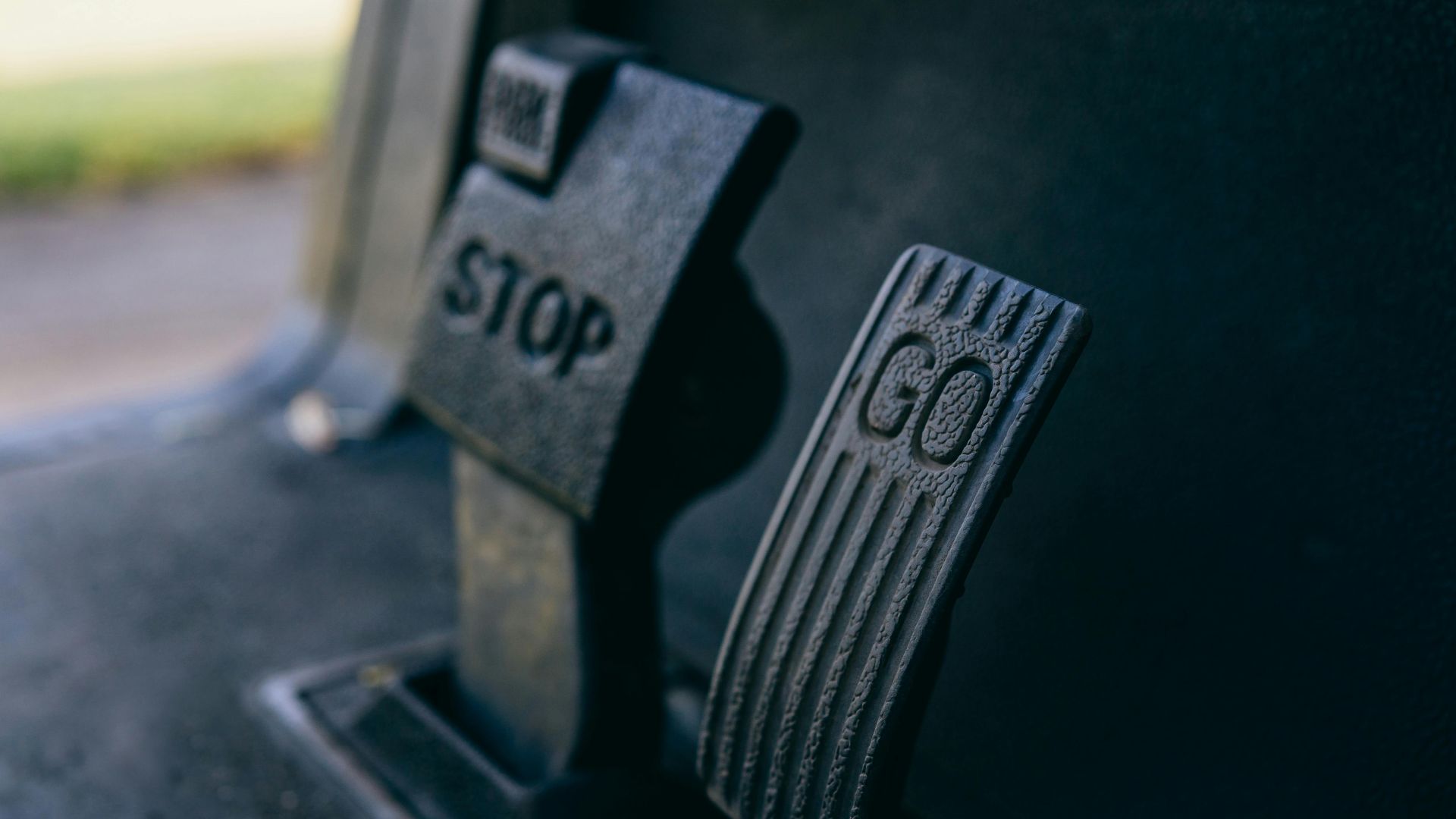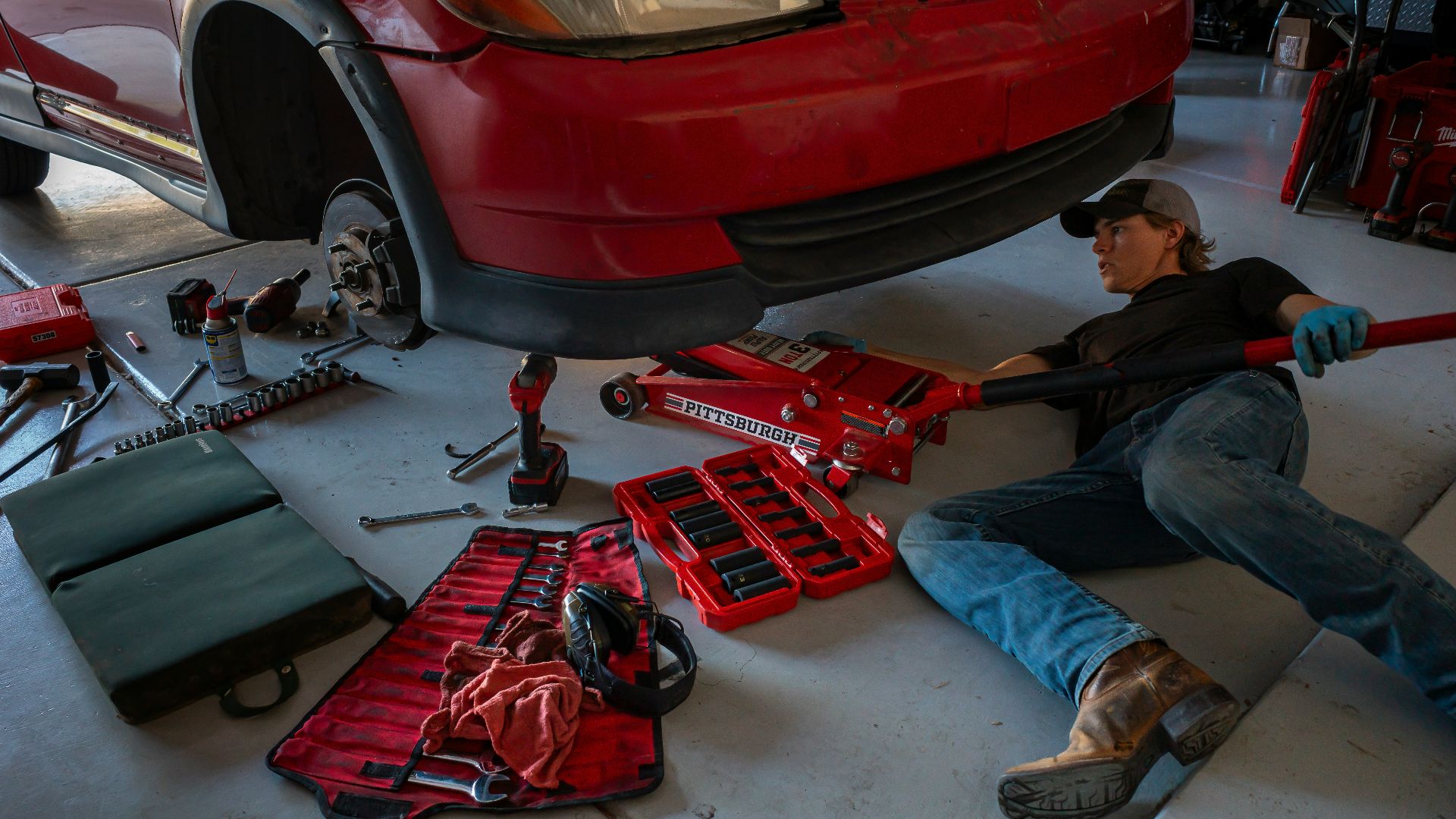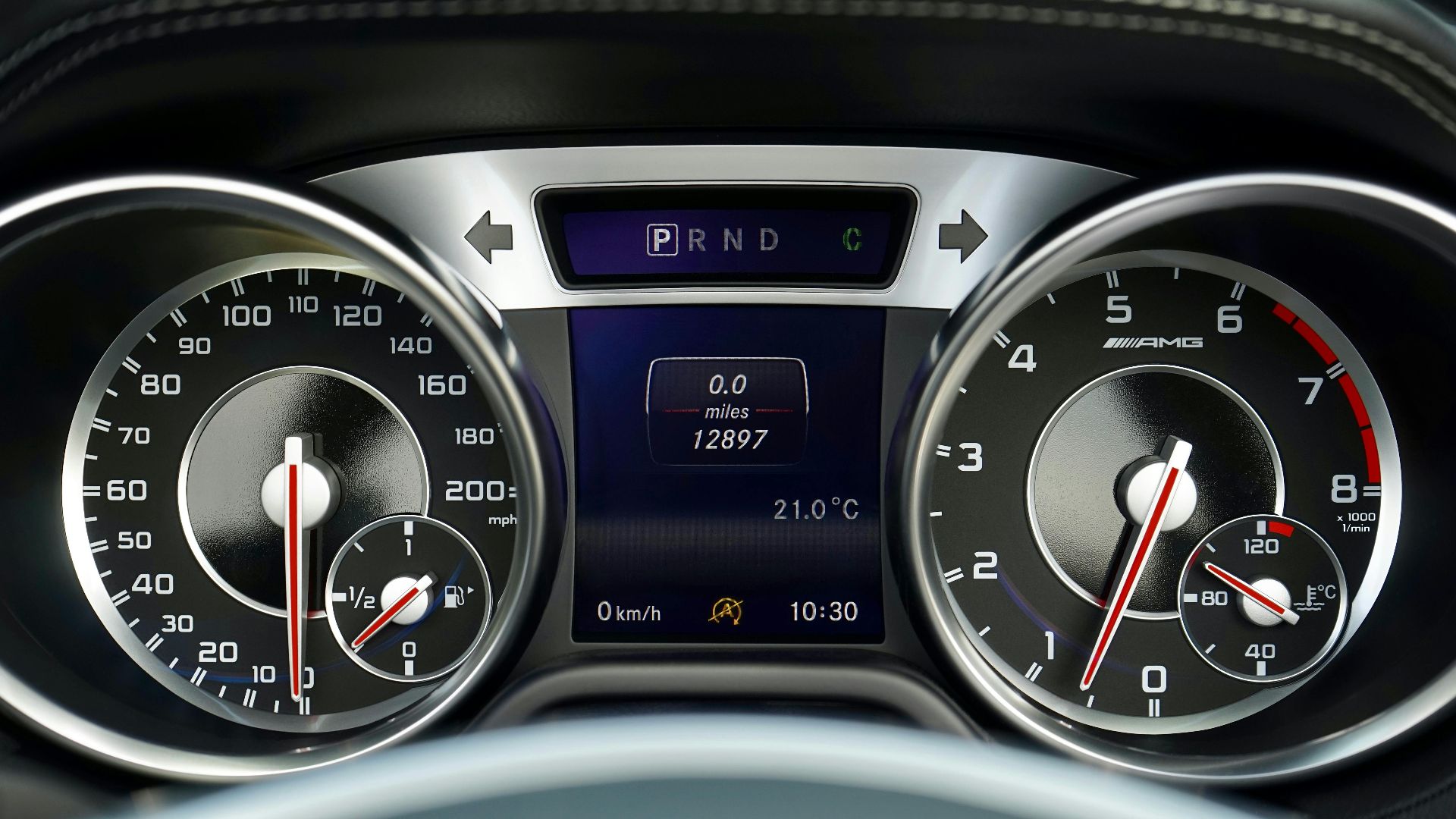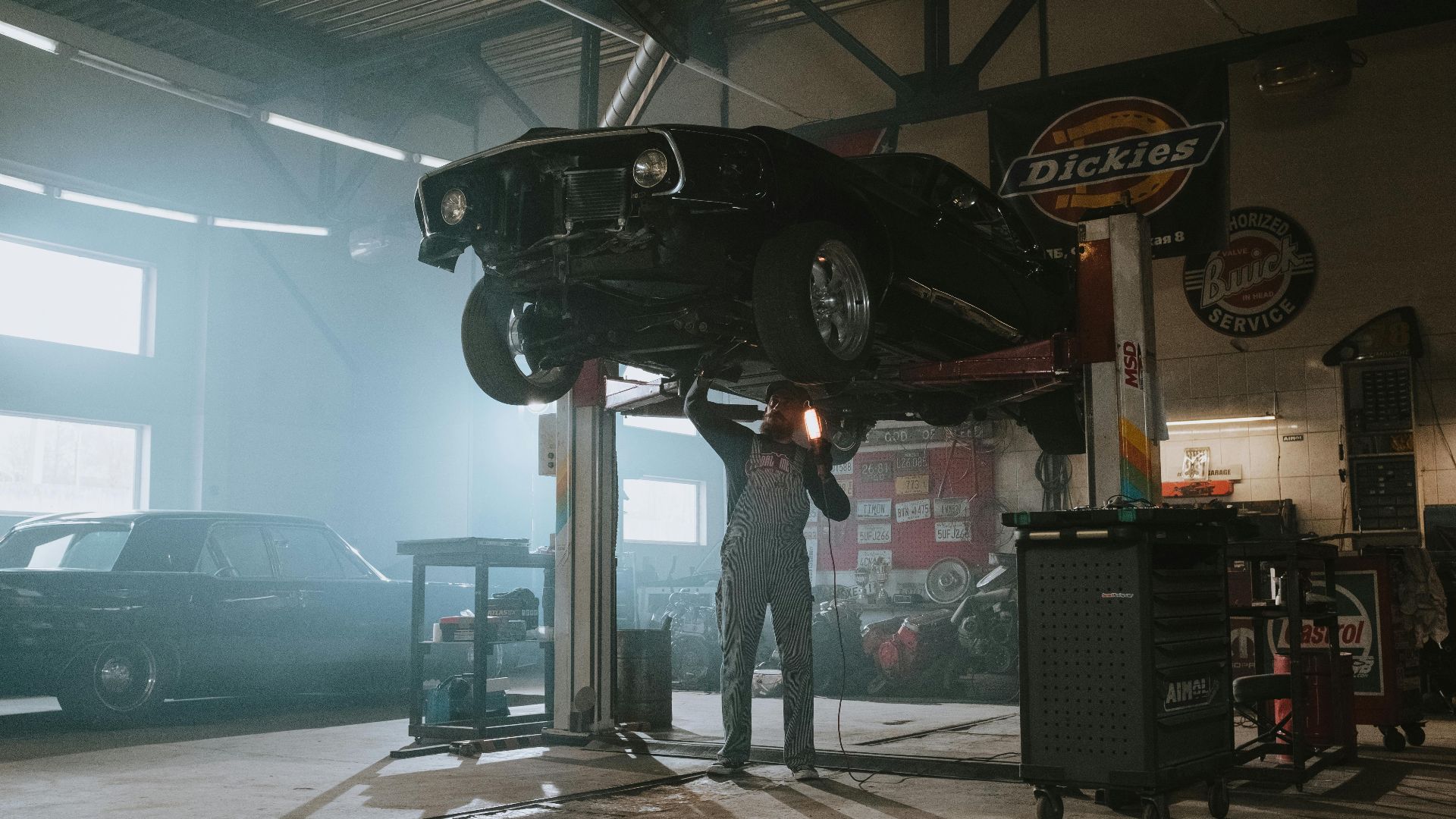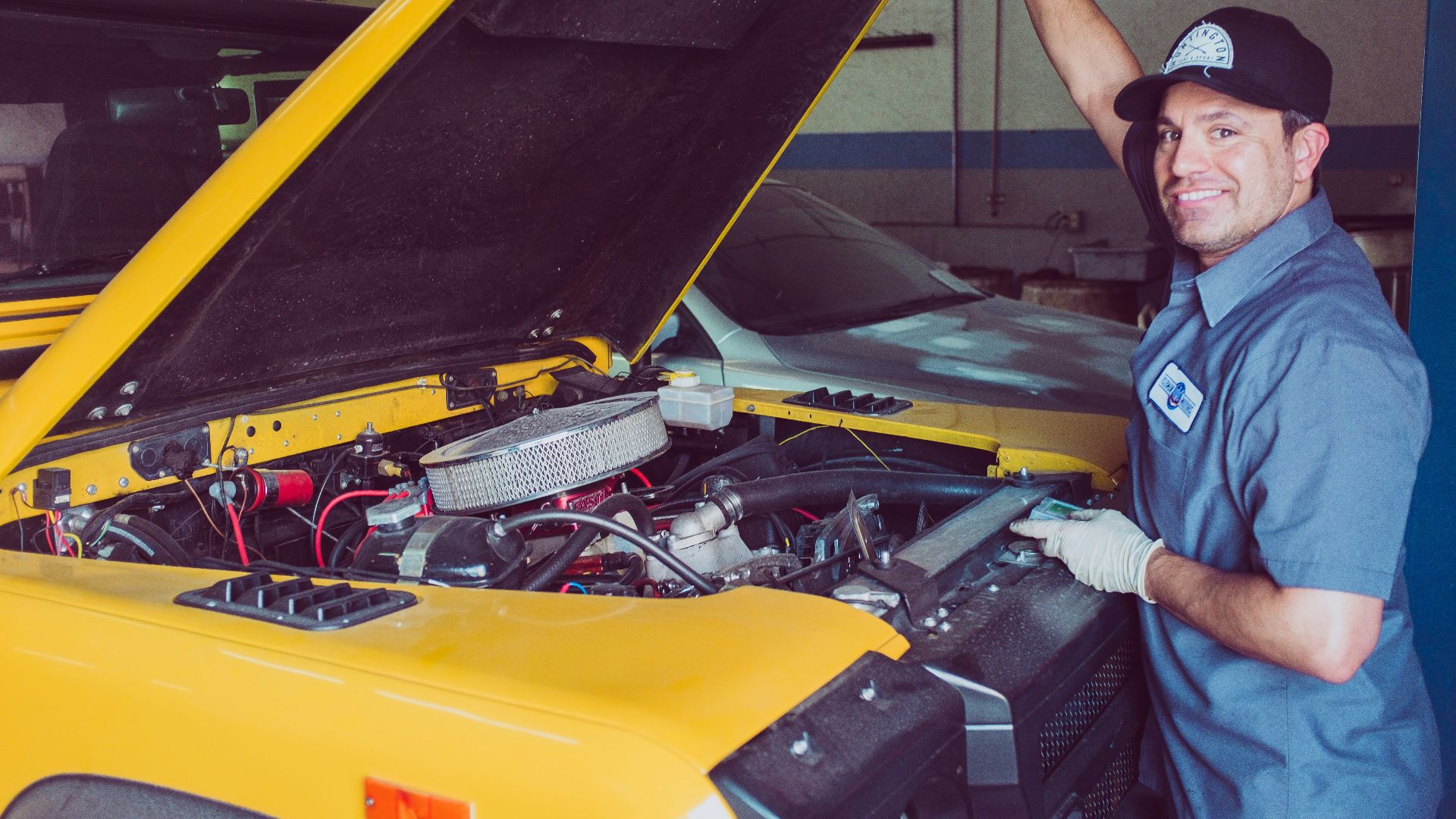How To Spot A Failing Car
One minute you're cruising, the next you're googling "is my car dying?" Stop the guesswork right now. This list cuts through the confusion with definitive signs that'll tell you whether to invest in upgrades or start shopping for a new vehicle. The first 10 signs will make you see the worst, and the next 10 will give you some hope—but all will save you from costly mistakes. If you're ready to face the harsh reality, let's start with the hints that say your car is toast.
1. Strange Noises That Never Go Away
At first, you think it's just road noise. Then comes the clunk. Next, a screech. Even after repairs, those sounds sneak back in. They're the kind of noises that stick around longer than they should, often pointing to parts that are barely holding on.
2. Multiple Electrical Failures
Let's be honest—power windows should work without needing constant work. When dashboard lights flicker, batteries fail, and new components keep flaking out, it's a sign. These glitches rarely travel alone, and they tend to signal a bigger storm under the hood.
3. Repair Costs Exceed Vehicle Value
Eventually, the bills begin stacking higher than expected. One issue turns into three, and fixes stop feeling temporary. When repair estimates outpace the car's actual worth, it often marks the point where financial logic signals it's time to reconsider keeping it.
4. Safety Systems Don't Function Reliably
At some point, you notice the ABS light flashing during dry weather or the airbags acting strangely after a minor bump. These random misfires in critical safety features are serious red flags. Once reliability is in question, that car becomes a huge risk for everyone inside it.
5. Major Issues Within The First Year
If serious problems show up within months of ownership, there’s rarely any hope. Rebuilt engines, failing cooling systems, or brake issues so early often suggest the car was poorly made or sold under shady conditions. Reliability doesn’t tend to improve after such a rocky start.
6. Recurring Check Engine Light
As soon as you think it's fixed, that dreaded light returns, and you have no clue why. Despite resets and part replacements, it keeps showing up. Constant alerts usually point toward major damage acting up behind the scenes.
7. Transmission Trouble
From the first few drives, something just feels off. Shifting becomes jerky, slips interrupt acceleration, and delayed responses add stress. Even after fluid service, the symptoms remain. These early signs suggest deep-rooted issues that affect safety and reliability.
8. Poor Alignment
Persistent alignment issues usually trace back to frame or suspension flaws, which often require a major overhaul. However, full recovery isn't a guarantee. So, if you've had multiple adjustments, and the car still keeps pulling to one side, and the tires wear unevenly way too soon, take the hint.
9. Strong Smells Inside The Hood
Over time, your nose catches what the dashboard misses. Burnt oil or hot plastic scents drift through the cabin or rise when parked. These smells rarely appear without cause and often hint at leaks or warped components underneath.
10. Parts Are No Longer Readily Available
When a simple repair turns into a scavenger hunt, it's not just inconvenient—it’s a warning. If your mechanic says “backorder” more than “fixed,” your car may be aging out of support. Scarce or discontinued parts signal long-term ownership headaches that only grow worse with time.
 Antoni Shkraba Studio on Pexels
Antoni Shkraba Studio on Pexels
With all those warning signs laid out, let's shift focus to the brighter side. Here's what might mean your car's still worth it.
1. The Engine And Transmission Are Solid
Performance tells the truth faster than a service report. If acceleration feels right and the engine hums steadily, that's real potential. These two components carry the biggest load, and if they're reliable, most other issues start to feel less urgent.
2. A Few Repairs Can Fix The Problem
Does the solution lie in replacing one or two worn parts instead of a laundry list of components? There’s still hope. Isolated issues—especially with clear causes—often mean the car’s core systems are still dependable and worth investing in.
3. Solid Fuel Efficiency
Mileage staying close to the official estimate always says something. A consistent MPG means the engine runs well, the tires wear evenly, and nothing's dragging the system down. It's a small win that often points toward overall mechanical stability.
4. No Structural Damage
After an inspection, seeing a clean frame and a solid undercarriage brings real peace of mind. With the foundation in good shape, you skip the high-stakes problems. Most mechanical issues can be fixed, but a straight frame keeps your car grounded in value.
5. Past Repairs Were Done Properly
When fixes use OEM parts, skilled labor, and don’t need a follow-up two weeks later, that’s a great sign. Quality repairs improve longevity. A car with a solid fix history is far easier to trust than one that’s patched together with shortcuts.
6. No Rust In Key Structural Areas
Surface rust on a door panel might just be cosmetic, but a rust-free undercarriage, shock towers, and suspension mounts say something else: long-term survivability. These protected zones are hard to restore once compromised, so their clean state suggests a solid build and stable future.
7. Emissions Test Passes With Ease
Passing a smog or emissions test on the first try—especially without needing a tune-up beforehand—means the engine is running clean. Good combustion and sensor communication often go unnoticed but are strong signs of a well-maintained, roadworthy system under the hood.
8. Interior Electronics Still Work Flawlessly
Things like the stereo, defrost, dome lights, and climate control work without hiccups? It often points to a stable power distribution network—a good proxy for how well the wiring and controls are aging.
9. You Still Enjoy Driving It
Some cars just click with their drivers. Smooth handling, comfy seating, and a responsive feel on the road can outweigh small hiccups. If it makes you smile on the highway, then chances are it's still worth the time, effort, and care.
10. Trusted Mechanic Gives The Green Light
A reliable technician's word goes a long way. Once they've looked over the vehicle and offered a thumbs-up, things feel lighter. With no discussions about its short lifespan, it gets easier to trust your ride again and focus on regular maintenance.




